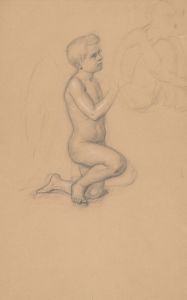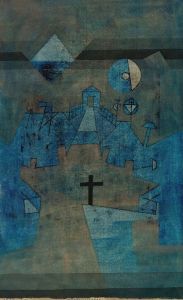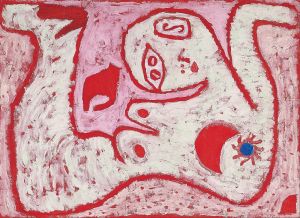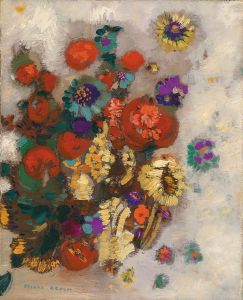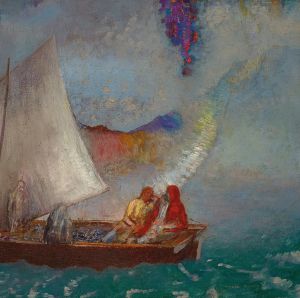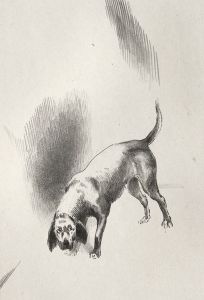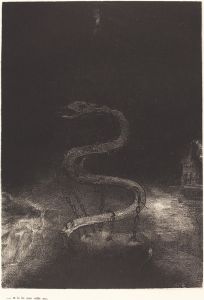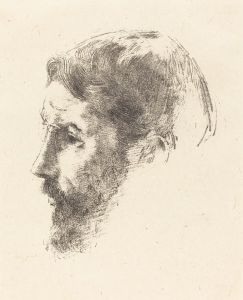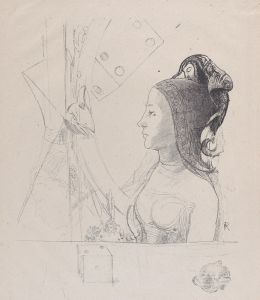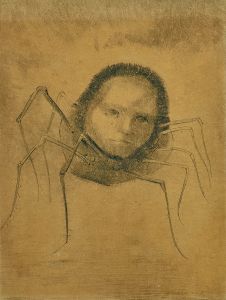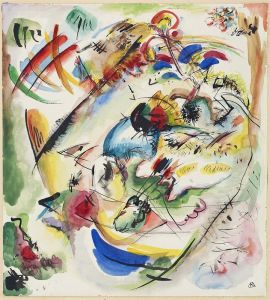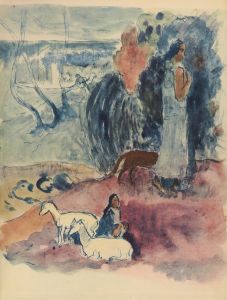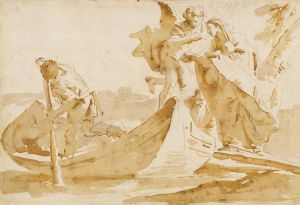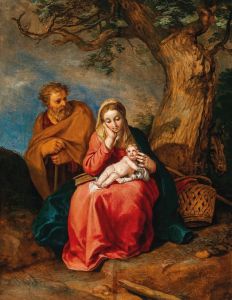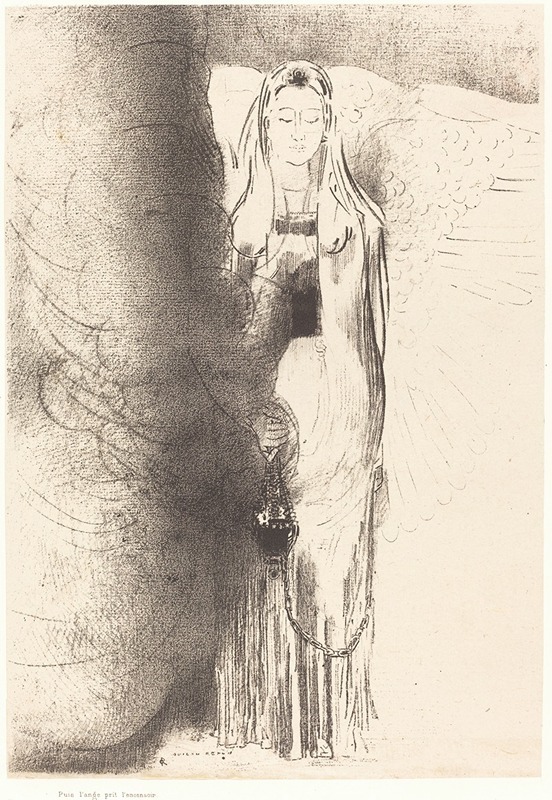
Puis l’ange prit l’encensoir
A hand-painted replica of Odilon Redon’s masterpiece Puis l’ange prit l’encensoir, meticulously crafted by professional artists to capture the true essence of the original. Each piece is created with museum-quality canvas and rare mineral pigments, carefully painted by experienced artists with delicate brushstrokes and rich, layered colors to perfectly recreate the texture of the original artwork. Unlike machine-printed reproductions, this hand-painted version brings the painting to life, infused with the artist’s emotions and skill in every stroke. Whether for personal collection or home decoration, it instantly elevates the artistic atmosphere of any space.
Odilon Redon was a French symbolist artist known for his unique and imaginative works that often explored themes of dreams, spirituality, and the subconscious. One of his notable works is "Puis l’ange prit l’encensoir" (translated as "Then the Angel Took the Censer"), which exemplifies his distinctive style and thematic interests.
Redon was born in Bordeaux, France, in 1840 and developed an interest in art from a young age. He studied under Jean-Léon Gérôme and later worked with the engraver Rodolphe Bresdin, who influenced his early work. Redon's artistic career spanned several decades, during which he transitioned from charcoal drawings and lithographs, known as his "noirs," to vibrant pastels and oils.
"Puis l’ange prit l’encensoir" is a part of Redon's exploration of religious and mystical themes. The title of the work references a passage from the Book of Revelation in the Bible, where an angel takes a censer filled with incense, symbolizing prayers rising to heaven. This biblical allusion is consistent with Redon's interest in spirituality and the ethereal, which he often depicted through dreamlike and fantastical imagery.
Redon's style is characterized by a departure from realism, embracing instead a more abstract and symbolic approach. His works often feature ethereal figures, mythical creatures, and surreal landscapes, inviting viewers into a world of imagination and introspection. In "Puis l’ange prit l’encensoir," Redon likely employs these elements to evoke a sense of mystery and transcendence, although specific details about the composition and visual elements of this particular work are not extensively documented.
Throughout his career, Redon was associated with the Symbolist movement, which emerged in the late 19th century as a reaction against the naturalism and materialism of the time. Symbolists sought to express the ineffable and the spiritual through art, often using metaphor and allegory. Redon's work, with its emphasis on the inner world and the unseen, aligns closely with these ideals.
Redon's influence extended beyond his lifetime, impacting later artists and movements, including the Surrealists, who admired his ability to convey the subconscious and the dreamlike. His work continues to be celebrated for its visionary quality and its ability to transcend the boundaries of reality.
"Puis l’ange prit l’encensoir" reflects Redon's enduring fascination with the mystical and the otherworldly, themes that resonate throughout his oeuvre. While specific details about this painting may be limited, it remains an example of Redon's broader artistic vision and his contribution to the Symbolist movement. His legacy is preserved in numerous collections and exhibitions worldwide, where his works continue to inspire and captivate audiences with their enigmatic beauty and profound symbolism.





